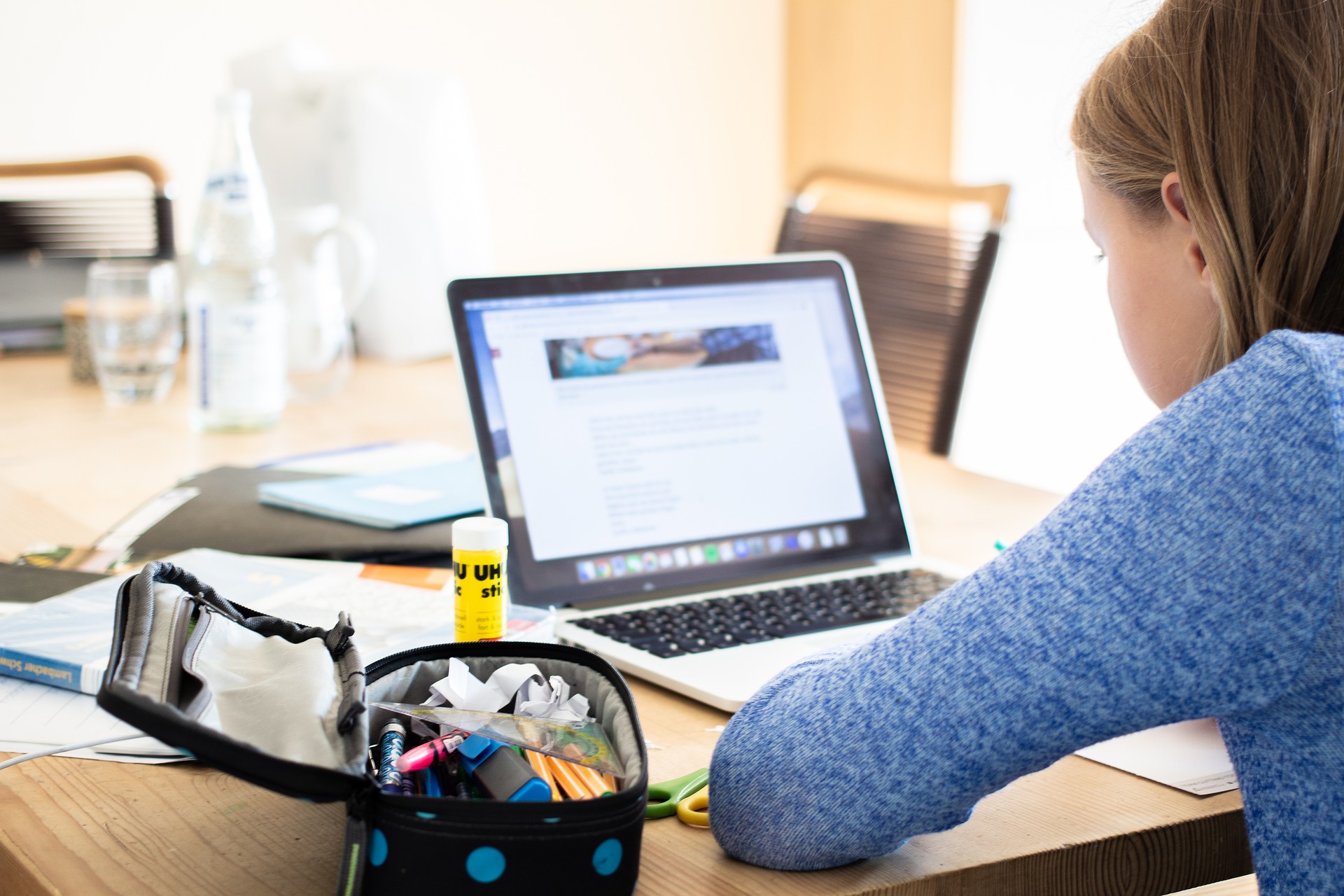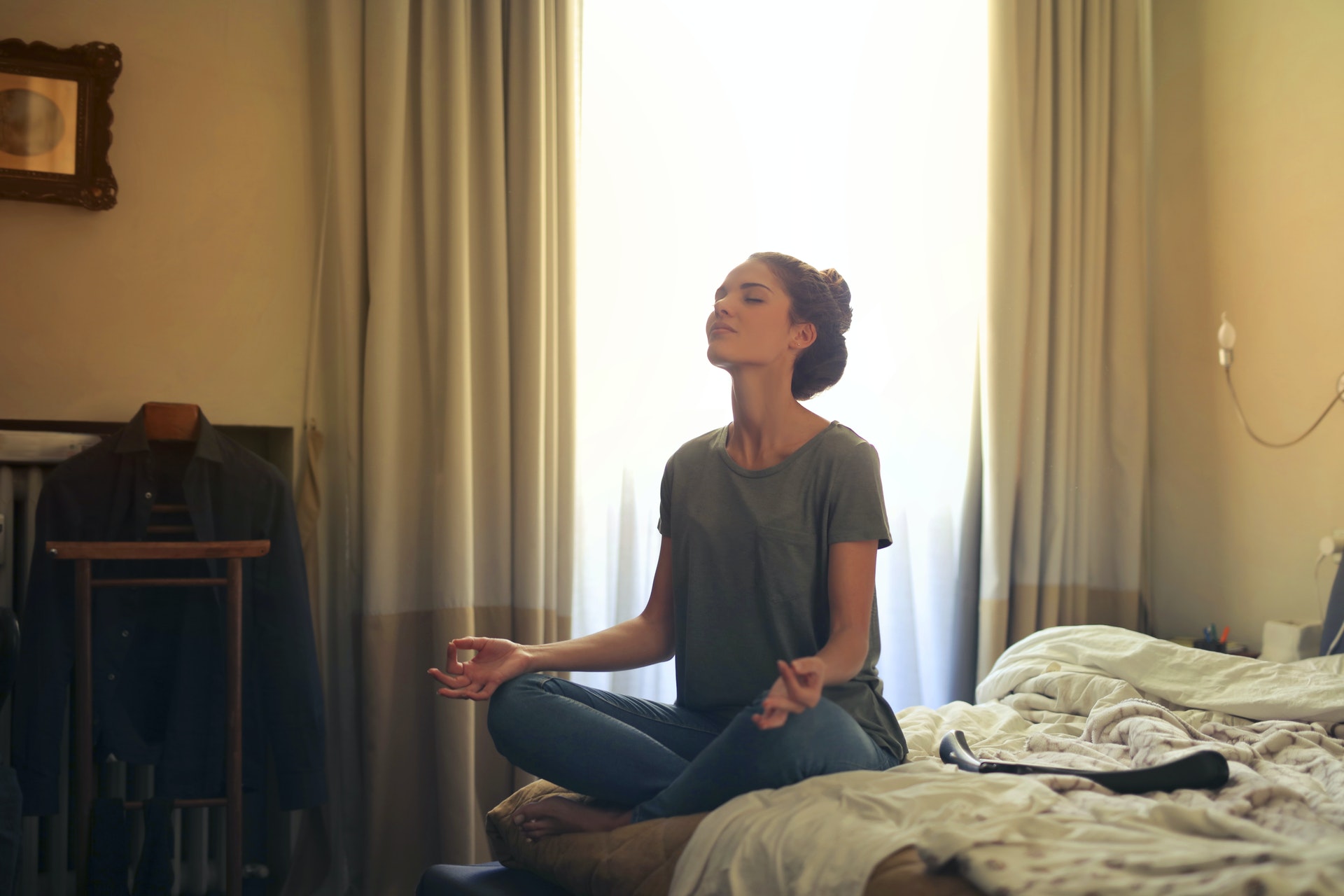
We all know that people who sit a lot, especially during office hours, tend to develop health issues. Yes, unfortunately, there are various health conditions brought on by frequent sitting that we all should try to avoid.
Studies show that standing from time to time in the workplace or otherwise can help decrease the risk of developing chronic health issues. For instance, if you choose to stand more rather than sit for hours on end, it will reduce the risk of heart disease.
Standing is dramatically beneficial for your overall emotional and physical health. Other studies have revealed that a sedentary lifestyle is related to various health conditions such as digestive problems, respiratory issues, diabetes, and anxiety-related problems.
Standing during work offers various health benefits. The question is, are we ready to take on the challenge? It may take us out of our comfort zone but will be worth the effort.
Exercise does not offset sitting all day.
Exercise is known to be effective in promoting a healthy lifestyle. However, since most people are working for long hours, they often do not have time to go to the gym or exercise. That's why even if you’re exercising but have been sitting down continuously for more than five hours, the damage has been done, and you are still affected.
An effective way to solve this issue is to stand while working. Some studies show that even if you do aerobic exercise regularly to combat a sedentary lifestyle, it is not enough to replace all those long hours you spend sitting at work or in the car.
Even if you exercise for 30 minutes a day, it may not be able to counteract the effects brought by inactivity. This is where the idea of creating standing desks came from. They are useful for promoting a healthy way to combat a sedentary lifestyle and effectively create a healthier working environment.
What happens to your body when you sit all day?
While in the seated position, the muscles burn less fat, and blood flow becomes slower. So, prolonged sitting can lead to hypertension and heart problems. Recent studies have shown that women who sit for hours on end every day may have a significantly higher risk of developing heart disease than those who sit for five hours or less.
Prolonged sitting increases the risk of colon, breast, lung, uterine, and endometrial cancers, which is mainly due to excessive insulin production. This encourages cell growth, and a reduction in antioxidants promoting regular movement boosts in your body.
Another risk may be weight gain and associated biochemical changes, such as alterations in hormones, metabolic dysfunction, leptin dysfunction, and inflammation.
Sitting right after eating may slow digestion and compress your abdominal muscles. This can lead to cramping, bloating, heartburn, constipation, and dysbiosis in your gastrointestinal tract.
There is growing evidence that sitting is associated with the pathogenesis of intestinal and extraintestinal disorders. These include inflammatory and irritable bowel syndrome experienced by some people. This can also develop allergies, metabolic syndrome, cardiovascular disease, and obesity.
While working, we often sit with our head and neck forward at a computer or cradling our phones. This leads to fatigue, neck strain, sore shoulders, and back pain. Sitting can increase pressure on your spine and may become worse if you are sitting hunched over. On the other hand, standing usually engages your core, which often goes unused when you sit in a slouched position.
Hips may also suffer, becoming tight with a limited range of motion as they are rarely extended. This may lead to decreased mobility and falls in the elderly. Sitting also affects your gluteal muscles, which in turn affects your stability and the power of your stride.
How can you prevent sitting all day and eliminate a sedentary lifestyle?
- Getting up and walking around the office or a quick stroll outside. Making this habit five times a day will highly benefit your health.
- Walk over and visit your co-worker's desk every day instead of sending an electronic message. These movements can help do some basic exercises for your bones and muscles.
- Try to commute once a week via train or bus so you can stand and walk at the same time.
- Park your car a few blocks away from your office to walk one or two blocks from your office.
- You may also move objects you commonly use out of reach. Therefore, you're required to get up if you need to throw something or grab something off the printer, for instance.
- Make it a habit of drinking 4 to 6 ounces of water every hour and place your container water from home in the refrigerator. This way, you'll have to get up to fill your glass and will likely get up to use the bathroom on a more frequent basis.
- Invest in a standing desk; an individual user can work while standing upright. It is a desk used for writing or reading while standing up or while sitting on a high chair or stool. It is a desk that allows you to work comfortably while standing.
Conclusion
Each day serves as an opportunity to make small healthy changes for yourself. So, one of the smallest yet biggest changes that you make to keep yourself in better shape is by trying to sit less.
This does not mean that you should replace sitting with standing. None of them, taken to a great extreme, are healthy. However, if you alternate between sitting and standing while you are working, you will greatly reduce the chance of developing chronic diseases in the future.
Old habits, such as frequent or prolonged sitting, should be changed in time. It may take time for us to get used to a new habit. There's no need to stress yourself over it though (stress is not good for you either).
We can start by moving a little, 10-15 minutes for every hour of sitting. This can reduce the adverse effects of prolonged sitting and make you feel better physically.
We should not be sitting any more than three hours each day. Apply the correct posture to reduce strain on the lower back and neck.
By merely taking a sit and rise test, we will be able to figure out strategies that will make us move and get up more frequently. Finally, if you apply these tips you should be able to live a more active and healthy life.





